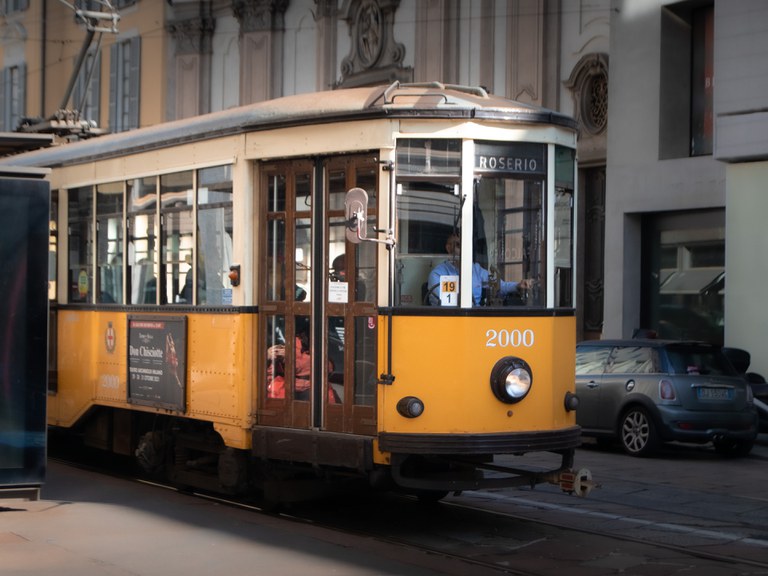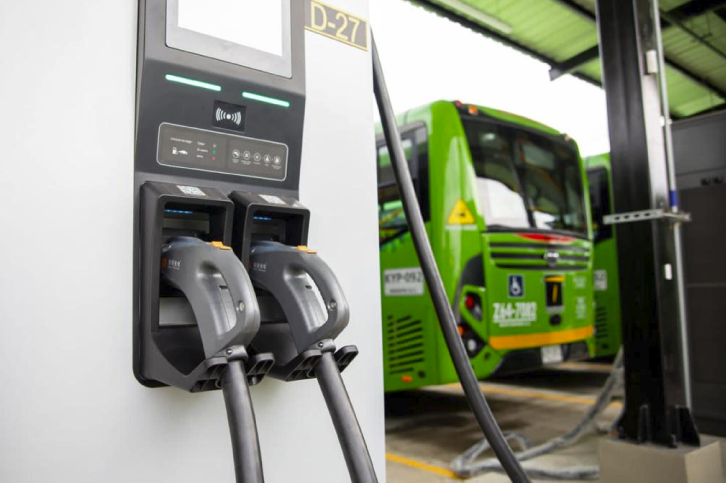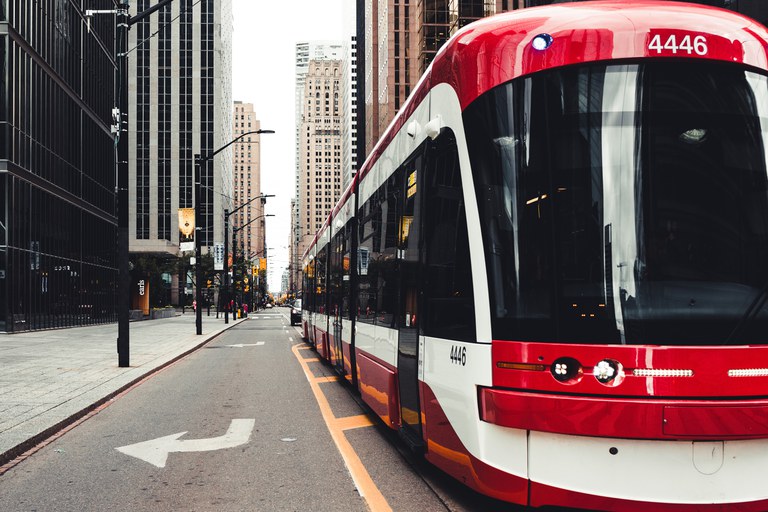Greener Public Transport, also Thanks to Software
In the most important European cities, electric buses are starting to populate the local public transport fleets and their presence is noticeable not only for the unprecedented quietness of the cars but also through the charging stations. Rather impressive structures, installed at the edge of the carriageway, designed as a sort of “reverse” pantograph, which descends from above until it comes into contact, on the roof of the bus, with the electrodes that power the battery. It’s the signal of a great transformation of our collective transport systems towards greater sustainability. But also an increase in complexity for those who have to manage these systems.
Today, the only way to deal with it inevitably passes through software to leverage highly advanced and intelligent algorithms; and for an ability to collect and learn a lot of data in practically real-time.
Electric traction in cities cannot be considered big news. The invention of the tram dates back 150 years ago. Its acknowledged pioneer, Fyodor Pirotsky, was a Ukrainian-born artillery officer who was passionate about the early applications of electrical engineering. Until the creation, in St. Petersburg, in 1880, of the first tram line that did not use horsepower or steam, or internal combustion engines.
The idea immediately attracted the attention of Carl Heinrich von Siemens, who introduced it to Berlin. Since then, the tram tracks have become familiar in major cities in Europe and in many parts of the world, and in recent years they have even been rediscovered, after a long period of decline linked to the great increase in road traffic. The goal toward greater environmental sustainability and a parallel reduction of greenhouse gas emissions is pushing urban planners and metropolitan governments to a return to electricity.

The real obstacle to rail-tram mobility is iron. Restoring, upgrading, or even replanting disused or never existing tracks and power lines is a long and expensive job: financial resources are scarce and sustainability cannot wait. Meanwhile, hybrid or “full electric” mobility is becoming an imposing phenomenon for the entire automobile and vehicle industry for the transport of people by road. It is not easy to predict the timing, but the advancement of the electric bus in the public transport environmental adaptation plans now appears inevitable.
If this is true, at least one thing is easy to predict: the impact on the planning and operation of an electrified system will be “disruptive”. The recharging factor of the batteries will become one of the variables at play in all the equations that regulate an optimal definition of the routes of the cars in service and of the drivers who will have to drive those cars.
Mind you, not even the concept of “refueling” of a vehicle can be considered properly new. Post stations where travelers could replace their exhausted horses with fresh, well-fed crews have operated regularly – in the known world – for at least a couple of millennia.
However, charging an electric battery is something very special.
Governed (coincidentally) by sophisticated software algorithms, it is a process that can take very variable times depending on the type of device, the power supplied, the residual charge level, and so on. In short, something profoundly different from the tram that does not need to be recharged or the engine that starts up again after a full tank of fuel.

It is impossible to think of including such a process in the conventional planning of public transport operations. Even the use of first-generation software tools, the classic Excel spreadsheets, would be a mild panel in support of a titanic work that goes from defining the most suitable routes for an electric vehicle, up to the strategic location of the charging points based on the estimate of the levels of autonomy of the vehicles and the forecasting of the times necessary for the restoration of this autonomy.
All this is in the context of an increasingly hybrid fleet for the technologies used, and the need to ensure constant and detailed information flows to on-board personnel and passengers who are more informed and open to the advantages of tailor-made mobility in the “smart & green” city.
MAIOR develops its planning and scheduling tools from the analytical point of view of business intelligence and problem-solving applications. The intelligence these tools are equipped with is aligned with that underlying the technology used by the vehicles that must be managed and this is a point not to be overlooked.
The information generated during the recharging phase of the batteries of a bus can translate into a more effective estimate of travel times and therefore reflect on the scheduling of timetables and on the overall quality of the service. In a scenario of dynamism that, thanks to the timeliness of communication, makes it possible to redefine timetables and routes in the short term, without creating disorientation, but returning a more flexible service able to react to adverse events.


